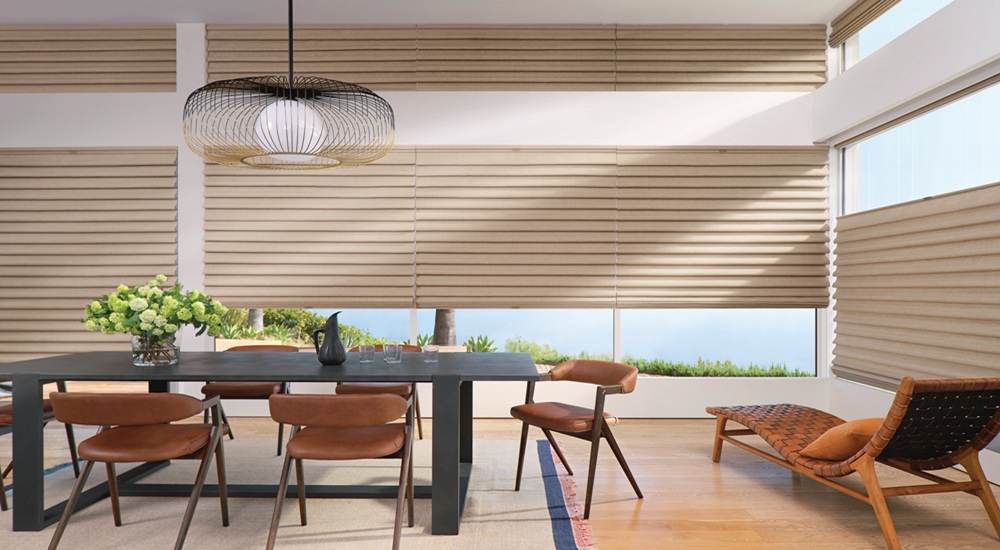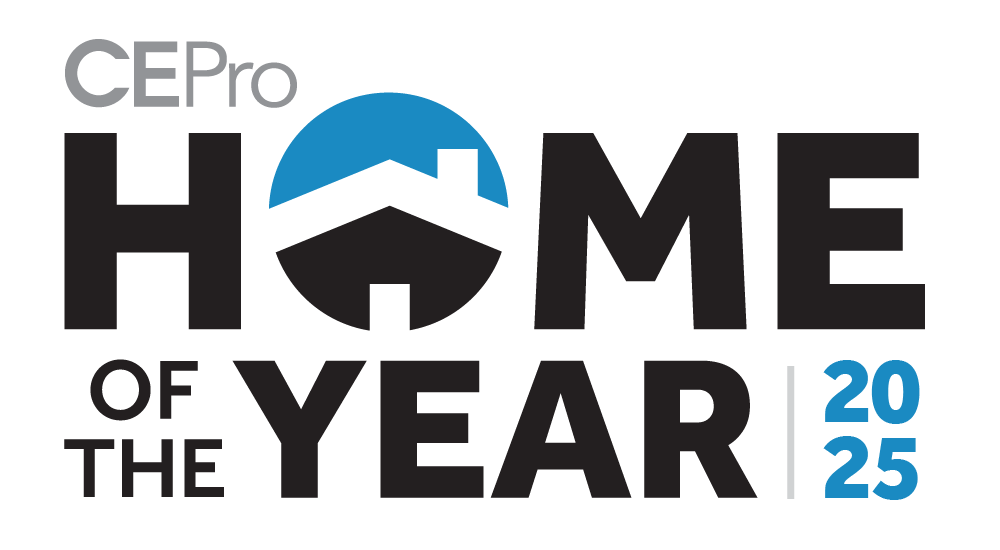In the world of custom integration, dealers are often called upon to be problem-solvers and visionaries. How often do you read a case study about how a dealer took a challenging space and was able to manipulate it with technology and engineering to mirror a true cinematic experience in a client’s basement. As warmer temps greet us dealers will head outdoors to install soundscapes and entertainment spaces that can easily disappear into the background and be seamlessly controlled. But something strange happens when the conversation turns to window treatments a surprising number of integrators don’t bring that same creative approach to the table. Is it the perceived overlap with interior design? The product complexity? Or just simply it’s a portion of the business that falls out of dealer’s comfort-zone or is more of an after thought.
What if we’ve been thinking about it all wrong? What if specifying the right shading solution for a space isn’t a departure from an integrator’s core role—but a natural extension of it?
Custom integrators are not just installers; they are application engineers—professionals trained to match the right technology to the right use case. Integrators have long mastered tailoring lighting, AV, and HVAC systems to a homeowner’s lifestyle. Smart shading is no different. It’s another tool to control ambiance, efficiency, and well-being. And yet, many in the CI channel continue to play it safe—relying heavily on roller and screen shades, which account for just 39% of shading revenue for dealers in Hunter Douglas‘ Custom Integrator Program (CIP).
This means there’s a wealth of untapped potential in more diverse shading solutions—like sheer shadings, honeycomb styles, and even automated shutters—that not only elevate the design conversation but can significantly expand the scope and budget of a project. That’s exactly what specifying shades entails.
Let’s explore some use cases where dealers can look beyond roller shades and apply those application engineer skills.
Beyond Simple Raise and Lower

Image/Hunter Douglas
Imagine a primary suite designed as a retreat—peaceful, private, and filled with natural light. But privacy is non-negotiable, especially in the early mornings or after dark. Top-down/bottom-up honeycomb shades offer the perfect solution. In the bedroom, they allow soft daylight to enter from above while keeping the lower window covered—ideal for letting in morning light without compromising modesty. In the bathroom, they provide control over visibility while still welcoming natural light into the space.
This flexibility makes them especially valuable in spaces where light and privacy need to coexist. And their benefits go beyond ambiance. The cellular structure of honeycomb shades traps air at the window, insulating against heat in the summer and cold in the winter—helping maintain comfort and reduce energy costs.
Better still, energy-efficient options like Duette® Honeycomb Shades qualify for a federal tax credit under the Inflation Reduction Act—30% of the product cost, up to $1,200. So, integrators aren’t just offering style and privacy—they’re delivering tangible energy savings and real financial incentives.
It’s a quiet upgrade that makes a major difference in how clients live—and sleep.
No Need to be Shy about Sheers
According to the data from the Hunter Douglas Custom Integrator program, one of the most overlooked but high-margin categories in the shading space is sheer shadings. Despite accounting for just 10% of integrators’ unit sales, they generate 17% of total shading revenue—a clear sign of their premium value. Their ability to gently diffuse light while maintaining privacy makes them an elegant and practical solution for modern homes. Yet many dealers shy away from them, likely due to unfamiliarity with the full range of options and applications.
When used well, sheer shadings can transform a space. In a bright living area or open kitchen, they soften harsh sunlight, reduce glare on screens and surfaces, and preserve views—all while adding a layer of refined design. These aren’t just aesthetic upgrades; they’re lighting tools with functional benefits. And because sheer shadings can be motorized and integrated into broader smart home systems, they’re every bit as adaptable and intelligent as roller shades or honeycombs. Automated scenes can adjust them throughout the day to maximize daylight, enhance energy efficiency, or create mood lighting in the evenings.
The more integrators understand these options, the more confidently they can specify the right solution—unlocking a lucrative category while elevating the experience they deliver to clients.
Owning the Conversation
Smart shades don’t require a design degree—just the same curiosity and problem-solving instinct integrators already apply across categories. With every room requiring light control and every homeowner seeking comfort and control, smart shading is a logical—and lucrative—extension of the CI toolkit.







